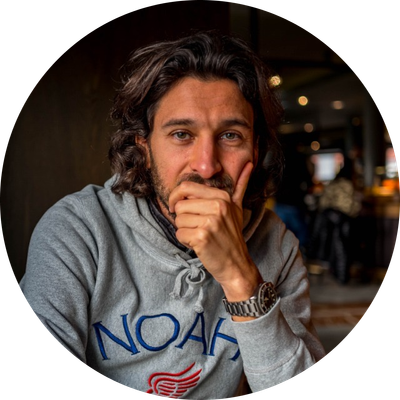The Edge of Order
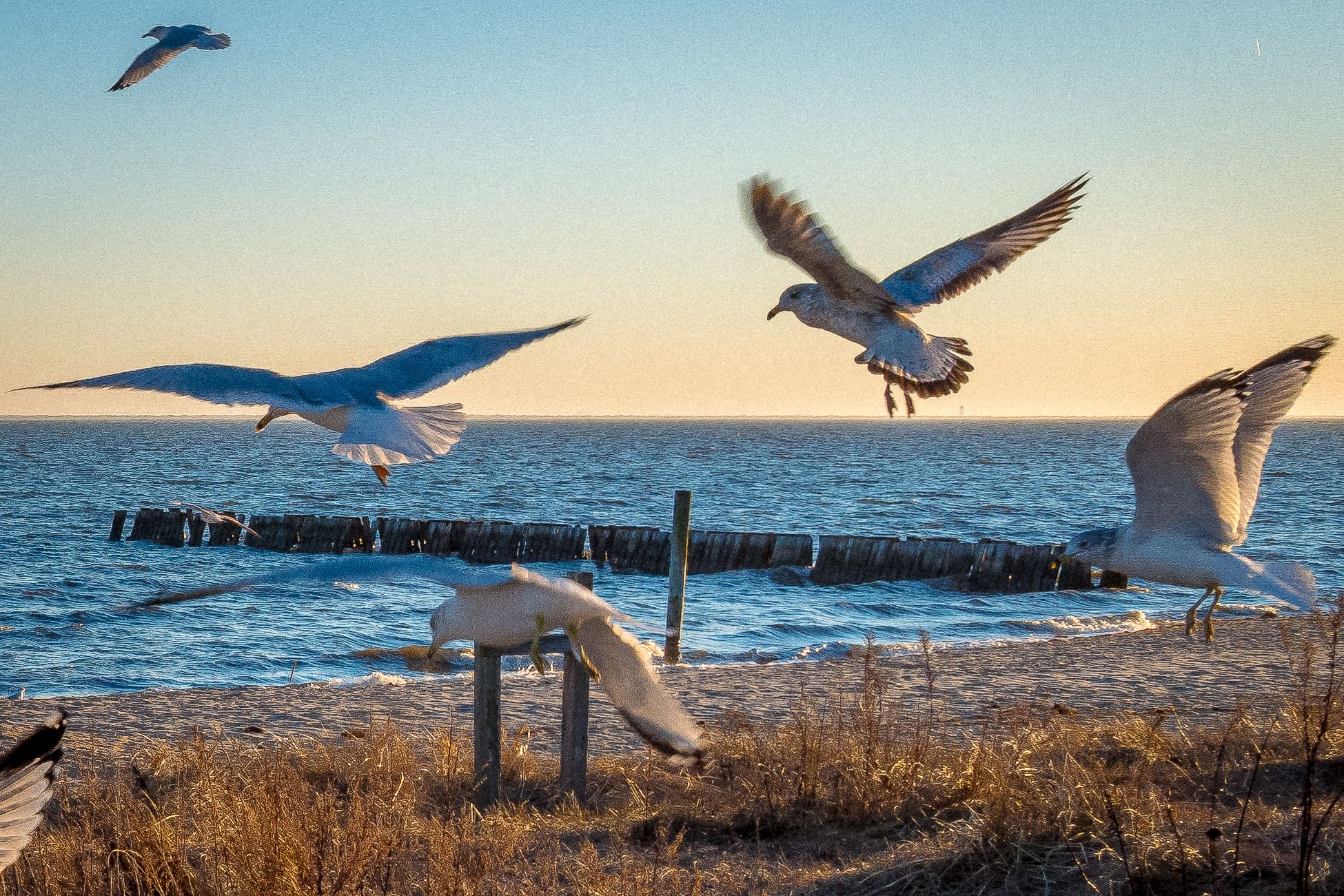
This is Leeway, a newsletter by Michael Saltzman about creative permission.
Order is the domestication of chaos. In the most broad sense, humanity is an expression of a planetary organism tumbling through the mystery of space (chaos). The ongoing project of our societies and inquiries reshapes that chaos into a perceived order at our relative scale.
This ordering process, to which we are anchored, is a prolific law of human nature, in part to anesthetize the felt weight of a cosmic uncertainty, in part to get through the day.
Now dwarf that law down to you in your hometown, where our personal sense of order is most concentrated. Our days here, and so our lives, consist of the recurring deployment of micro-routines within a familiar backdrop: the route we take to work, the small businesses we frequent, the way we spend evenings, and our neighborhood walks. Over time, we've dialed this all in at home — chaos scoped, a mind buoyed on the surface of order.

Of course, most everyone will lift the friction and shake things up to discover something new — we go somewhere we've never been, try something we never have, meet someone we never knew. Chaos is that dissonant feeling in our bones as we stand on the edge of order, looking over the precipice at the discovery below. In most quotidian cases, the "gravity" of the fall has meager psychological consequences, and often feels positively stimulating — we land delicately, the surface area of order now marginally expanded by our new experience. But have we really found an edge?
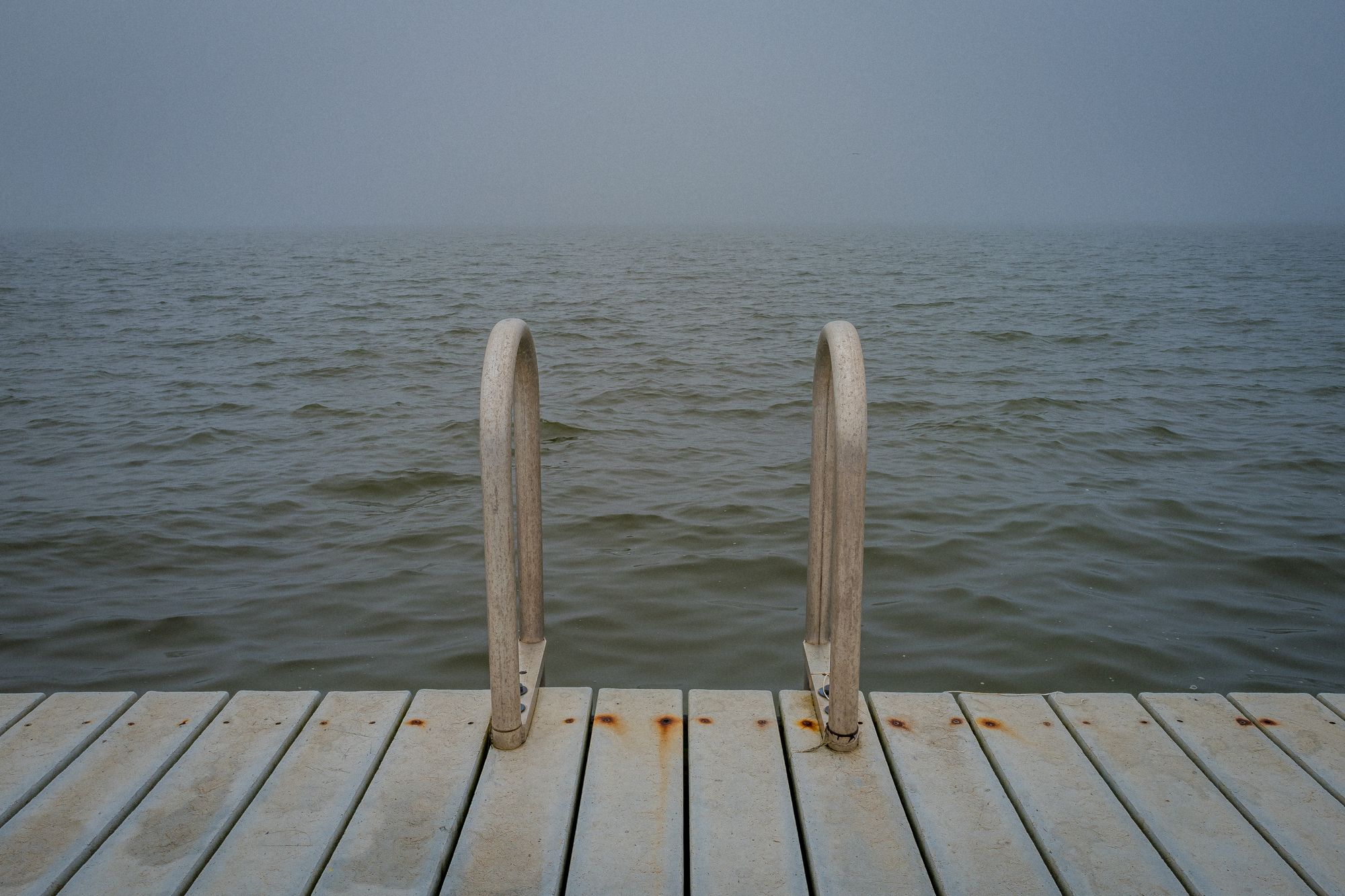
In the foreword of Craig Mod's book on walking Japan, Kissa by Kissa, he cites a writing project that author and essayist Annie Dillard once assigned to a young Alexander Chee at Wesleyan:
"You had to write about your hometown, but with one big caveat: Assume nothing. The goal was to approach a place you thought you knew with a beginner's mind. To study, research the history, peel back the onion layers of the town. Invariably, most everyone discovered the story within the onion was far more gnarly than expected and that they had but a superficial relationship with their home."
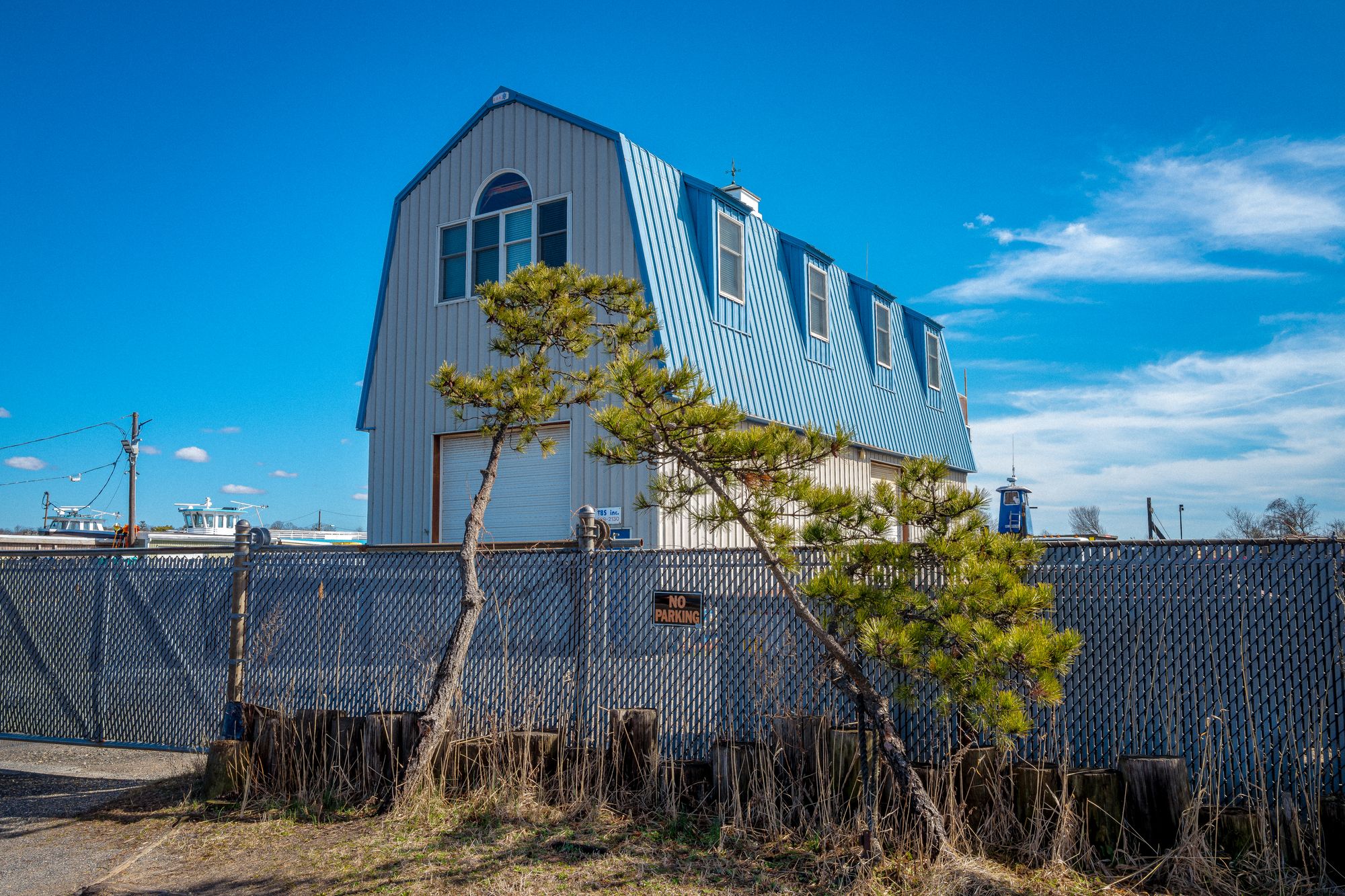
Years later, Mod attended a Tin House lecture where Chee picked up the thread and spoke to the difficulty in writing about something you thought you knew well.
"How you can miss the so-called soul of something – the fundamental heart of a story – by misattributing or underestimating important details you believed you had understood. To presume intuition on a subject was to upend the rigor of process. And the rigor of process was where true story lived."
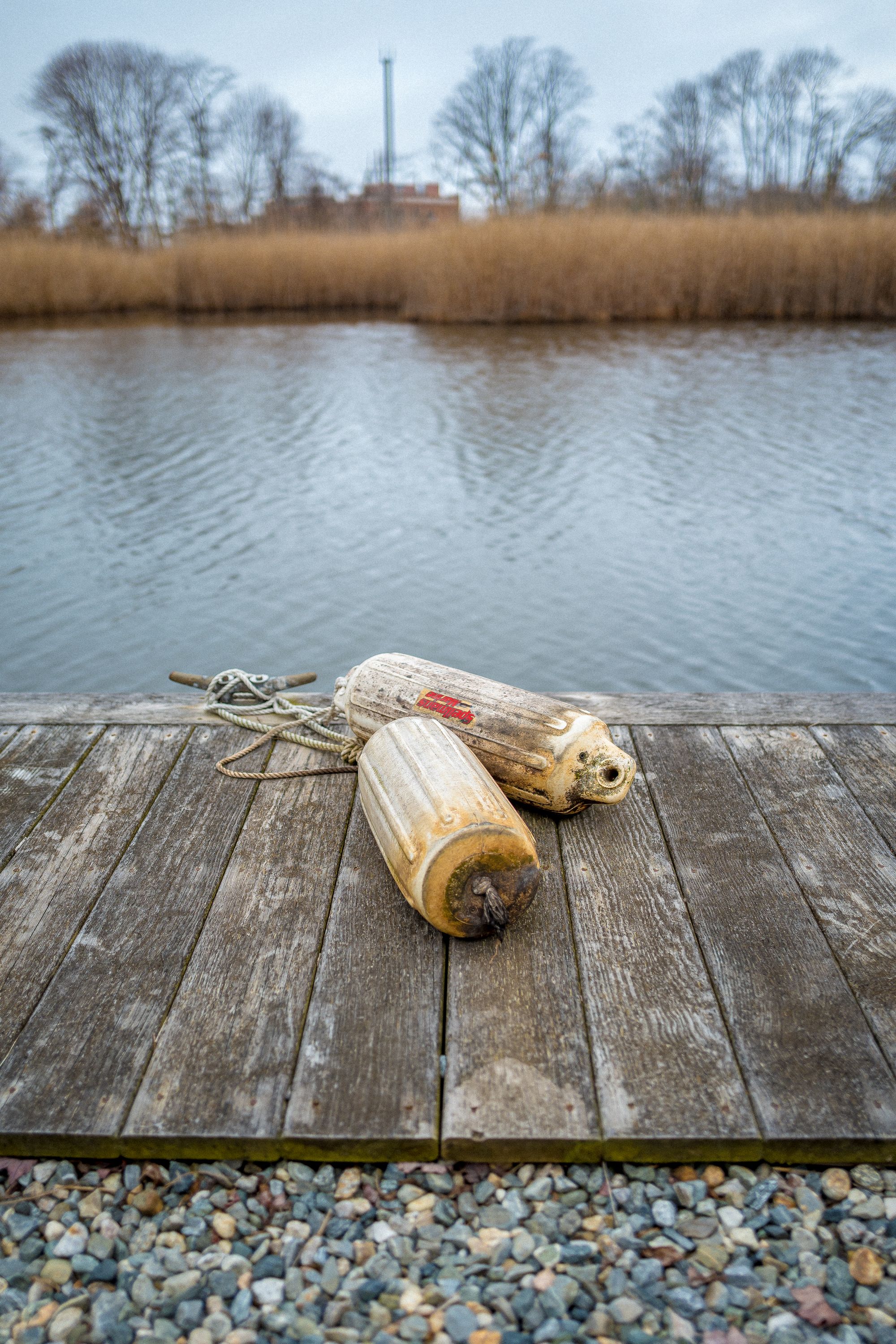
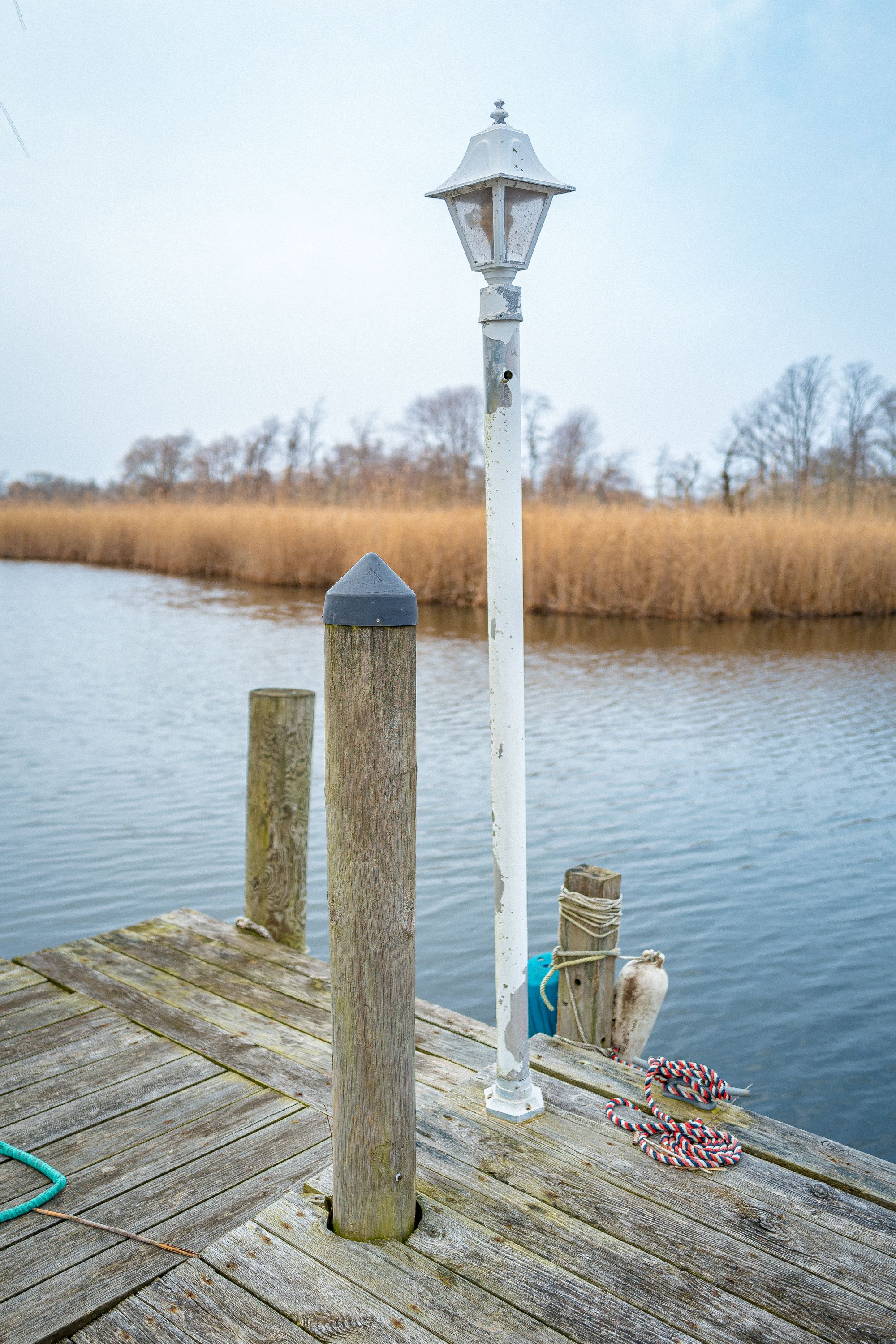
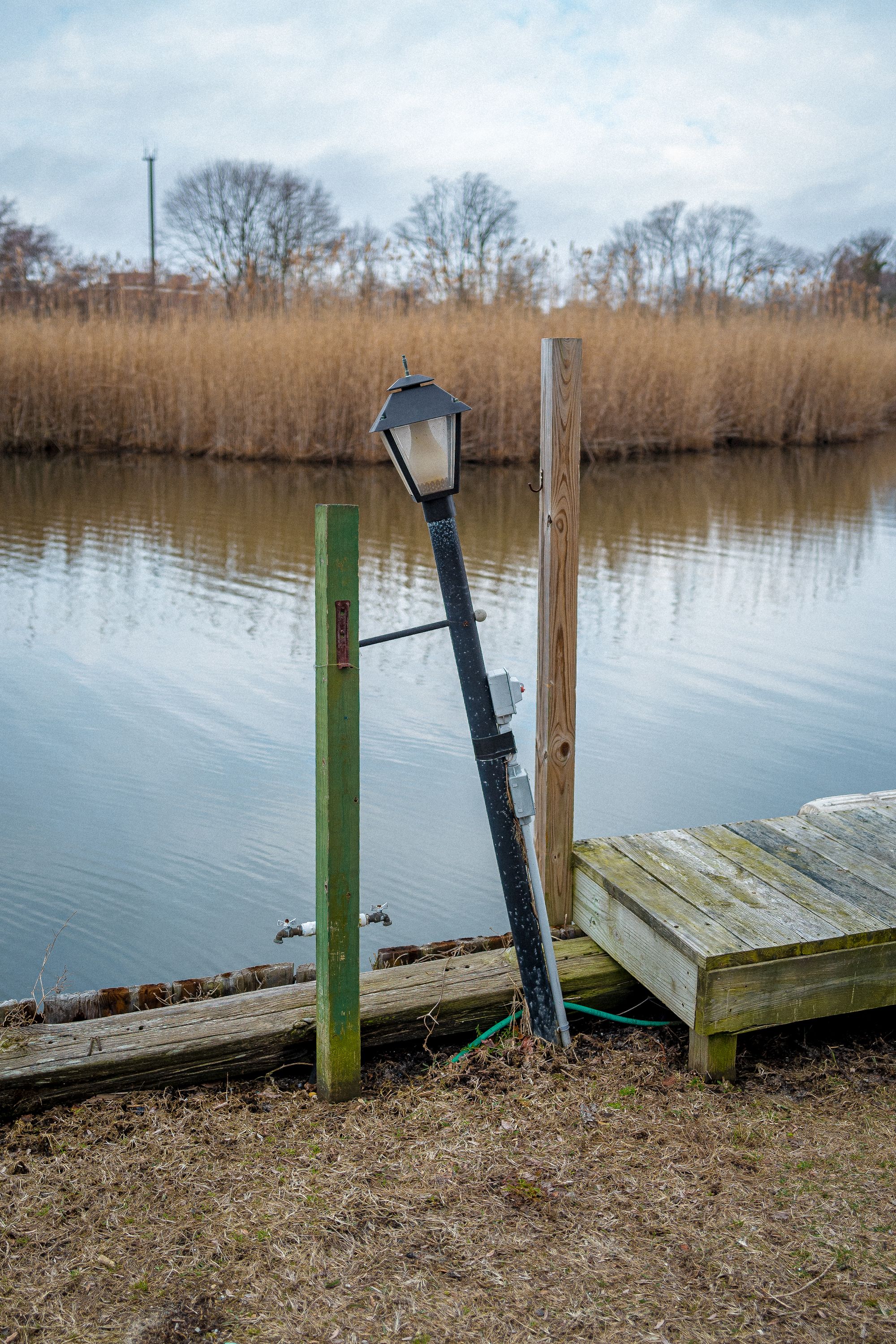
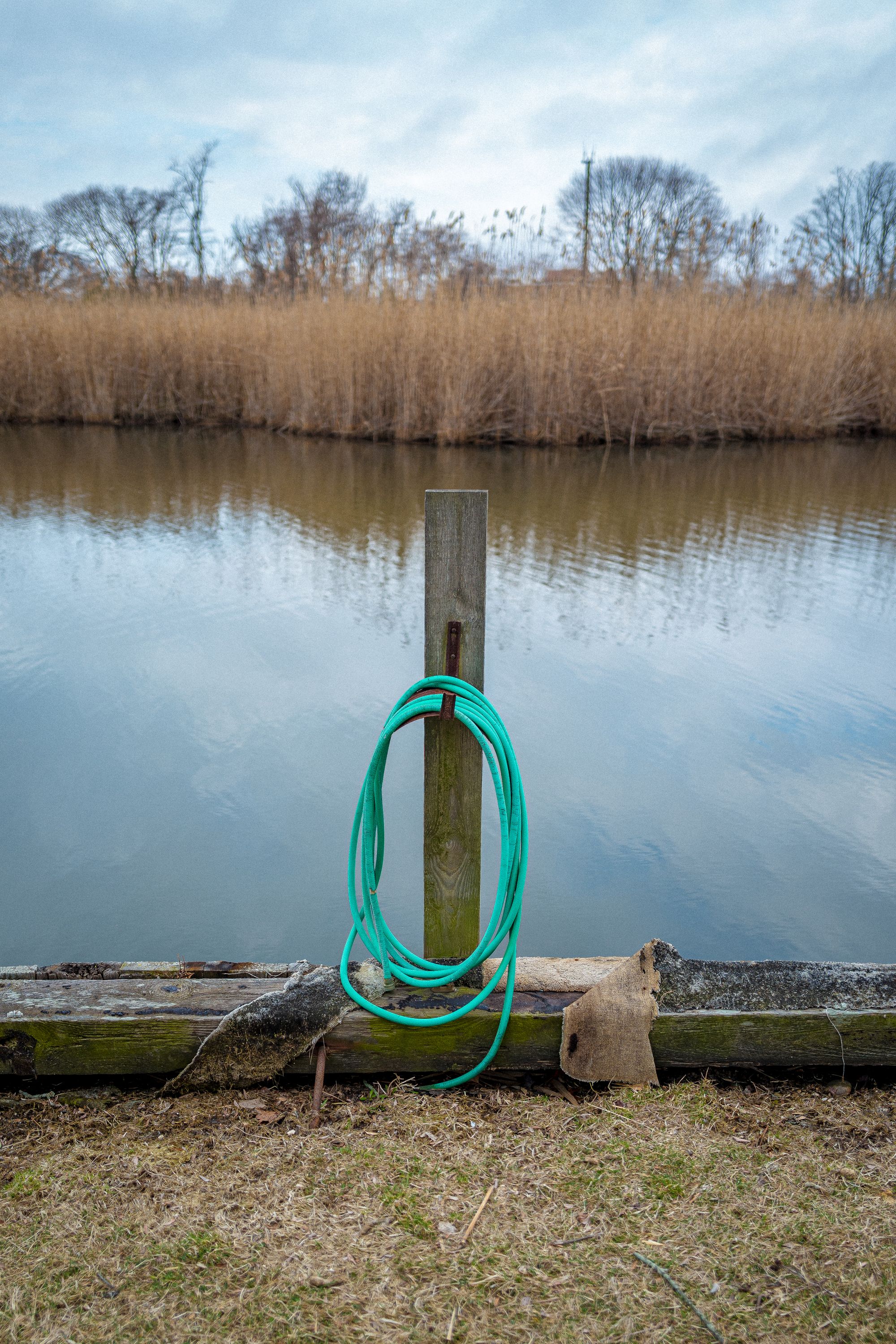
It's all of this and more that's kept me migratory for the better part of a decade. The mentality of Travel, in the way Dillard encouraged Chee, frames the edge of order as to "suspend gravity." Over the edge has no fall, or at least the fall is decidedly the way, and we float in a state of discovery.
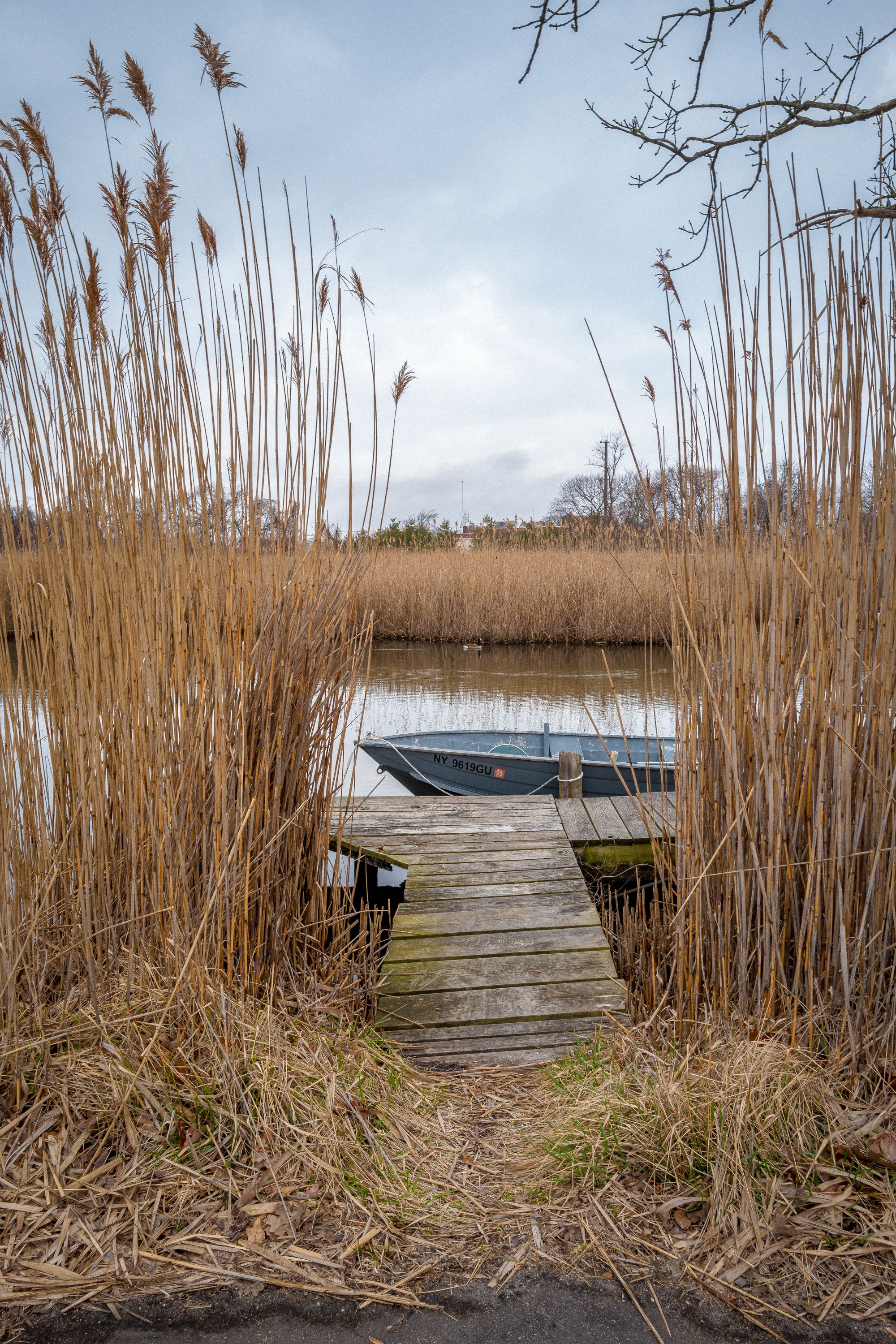
The heart and mind on the road – open as the three are – blur the line between chaos and order. But the world gets small at home: presumption kills the unexpected. And so, the permission to make chaos an ally, wherever we are, pulls us into it, where true story lives. The story of a place, of a people, of ourselves.
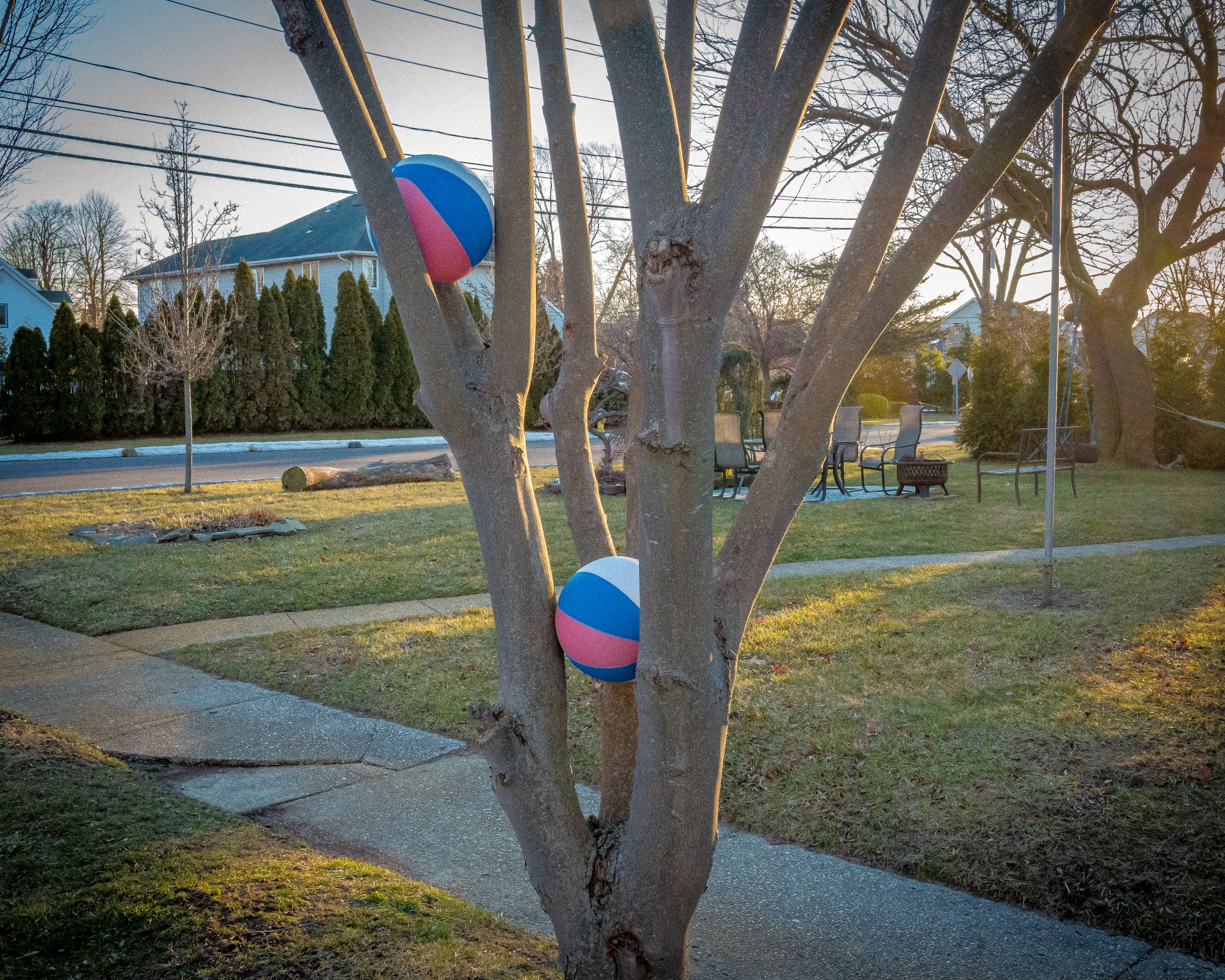
That’s what I love so much about Dillard’s project: She buried a pillar of travel wisdom – and more broadly a philosophy for life – into a university homework assignment, like a treasure for Chee to dig up with the shovel of rigorous process.
Now, Mod walks Japan for a living – his adopted home of 20+ years – and revisits the chaos again and again through his oeuvre. God bless the guy. I ordered Kissa by Kissa last winter while coincidentally visiting my hometown of Sayville, New York on the Great South Bay of Long Island.
I spent eighteen consecutive years there and one or two more in aggregate over the last fifteen. Safe to say I thought I knew the place, but Dillard’s project knocked me over and lay bare that I am, in fact, a dope.
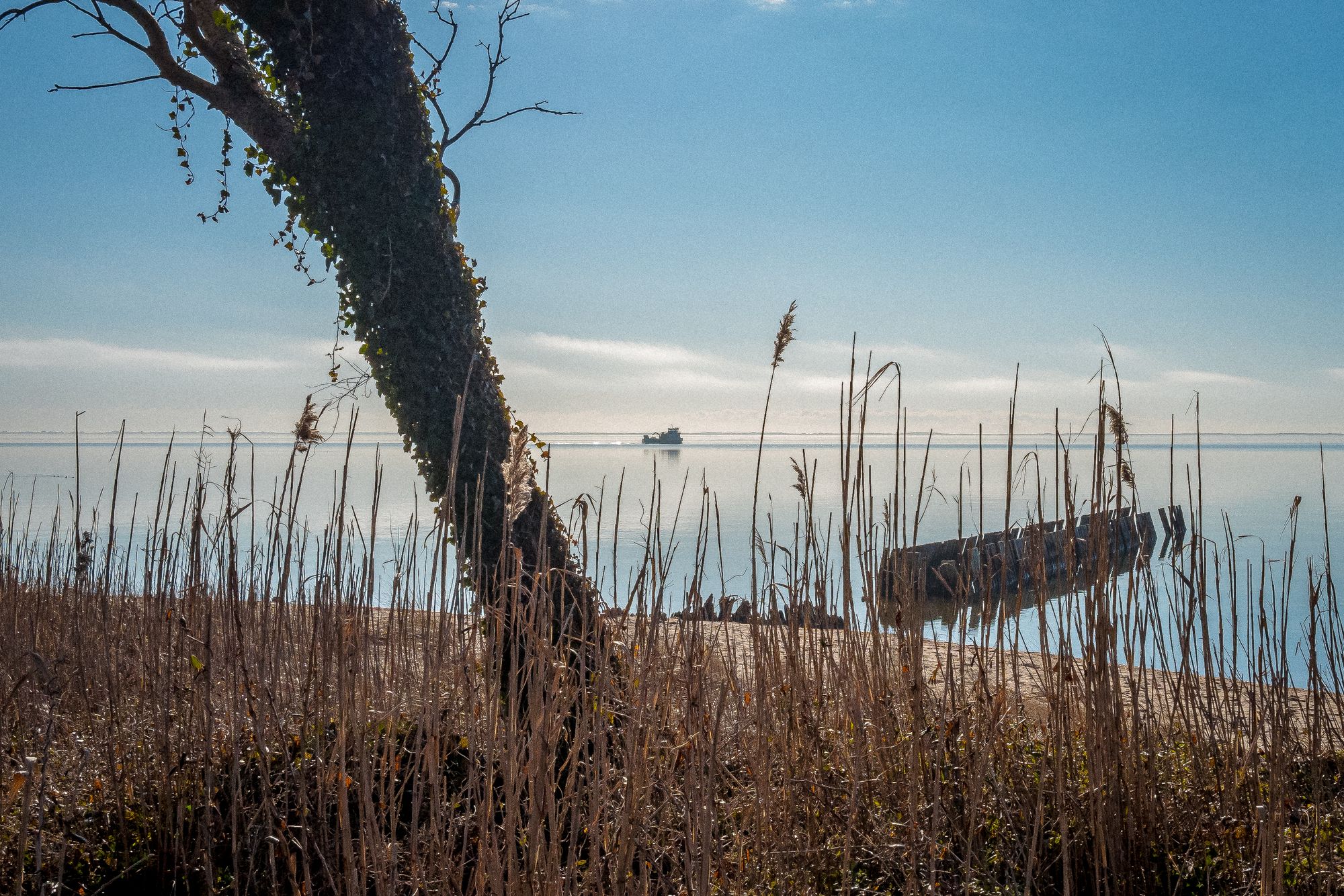
Woven into this Leeway are photographs from two brief stints at home last winter and summer (2022), walks I took with Dillard, Chee, and Mod in mind: learning to see the place as if for the first time.
I consider this the instantiation of a long-term research project to peel back the layers of my hometown, constrained by the fact that I do not live there, nor proximal to visit more than once per year.
But when I am home, I’ll continue to walk the streets I never walked, engage more with the culture I thought I knew, study the history free from my own. When I'm home, I'll seek to domesticate the chaos, edge by order's edge.
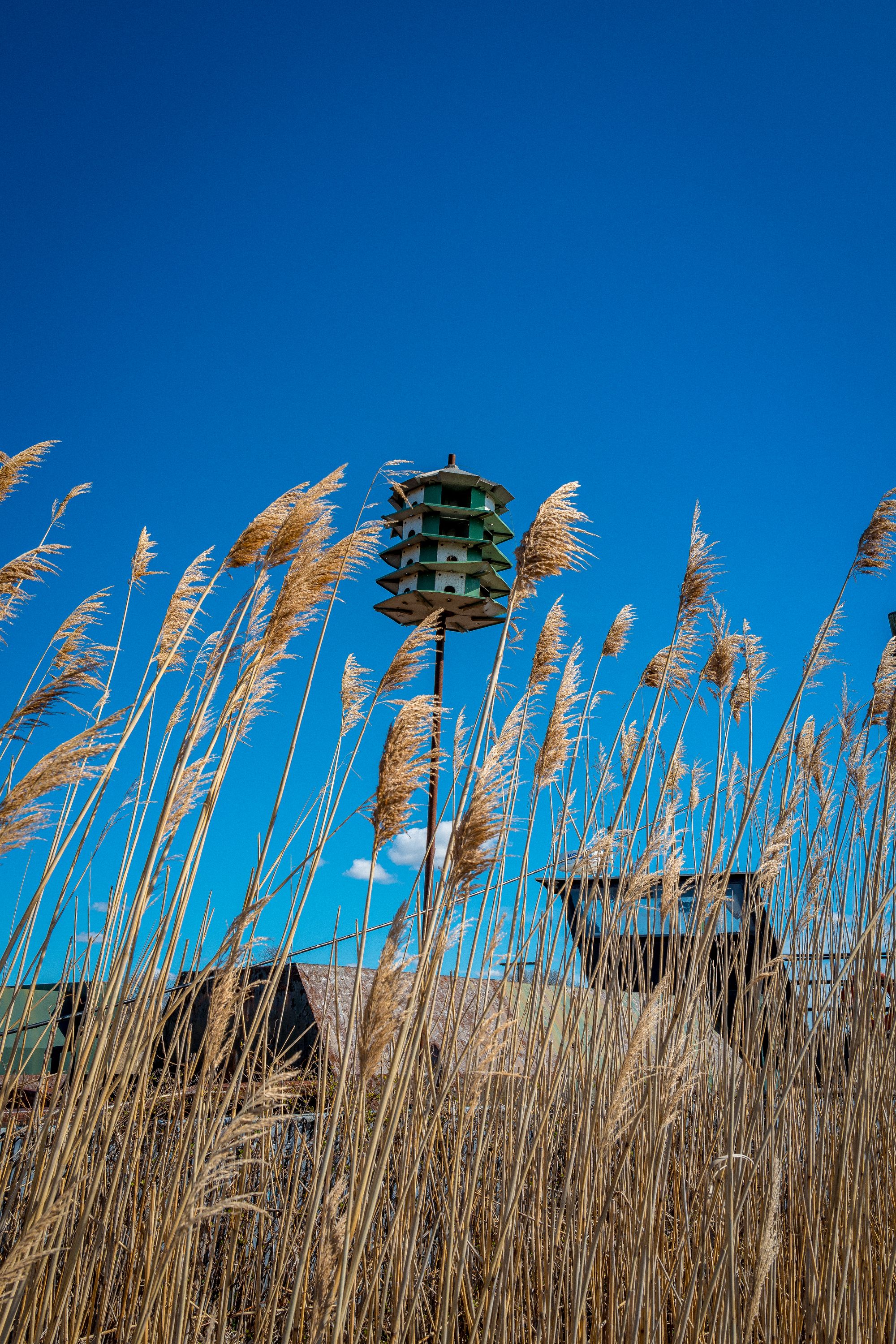
Leeway Readers
What have you carved away?
"I love starting new things so much that I never finish them. Soon after the 'new thing' loses its glow it's replaced with something...newer. I always criticized this lack of commitment. But I recently silenced that criticism because I realized how enriching my revolving door of newness is—and only when I really, really love something do I carve out space for it to stick around."
"Family made me who I am, good or bad. I’ve carved away the fear of living. I’m still carving away the anger."
"I began asking myself what my purpose for attending events or meeting with people was. Did I enjoy the people? Is the event necessary? Will I be my best self if I skip it and invest the time solo or with those who raise me up? I typically use the time to walk, read, talk with family or yoga. Sometimes I just do nothing when that’s what feels best. I don’t judge myself anymore or feel that I need to always be productive. I’m way happier and at peace now. Self care, as it turns out, is not selfish. Who knew?"
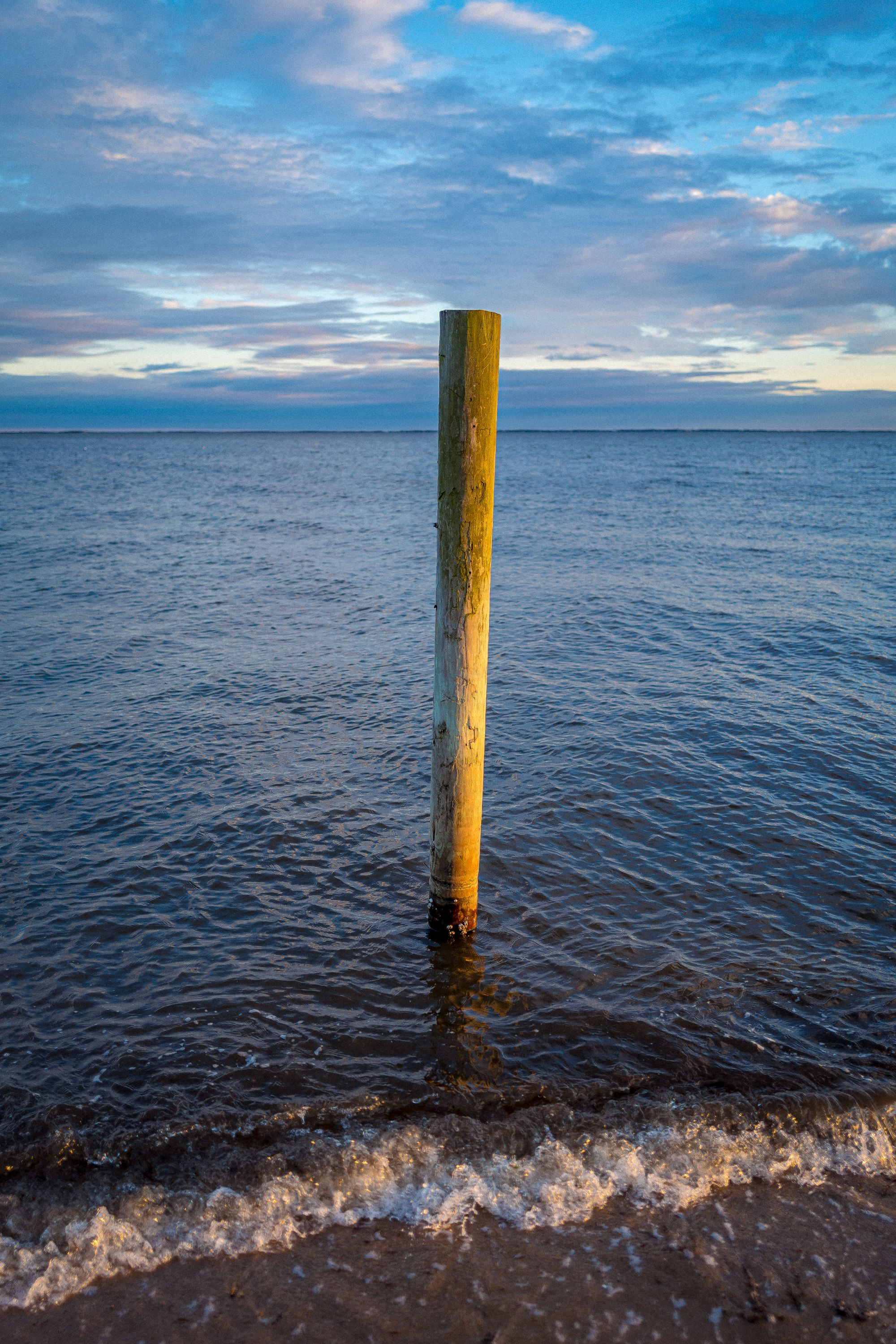
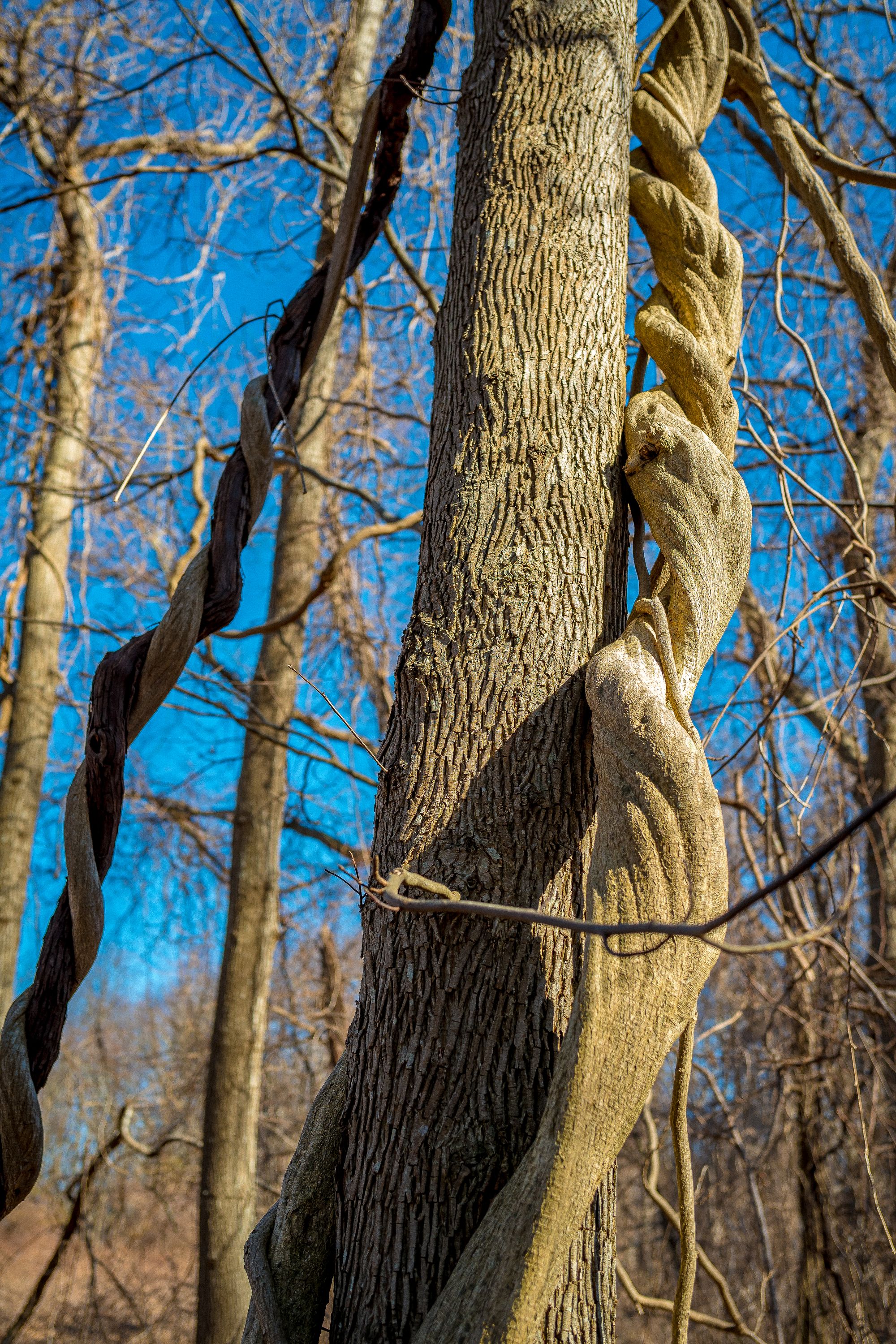
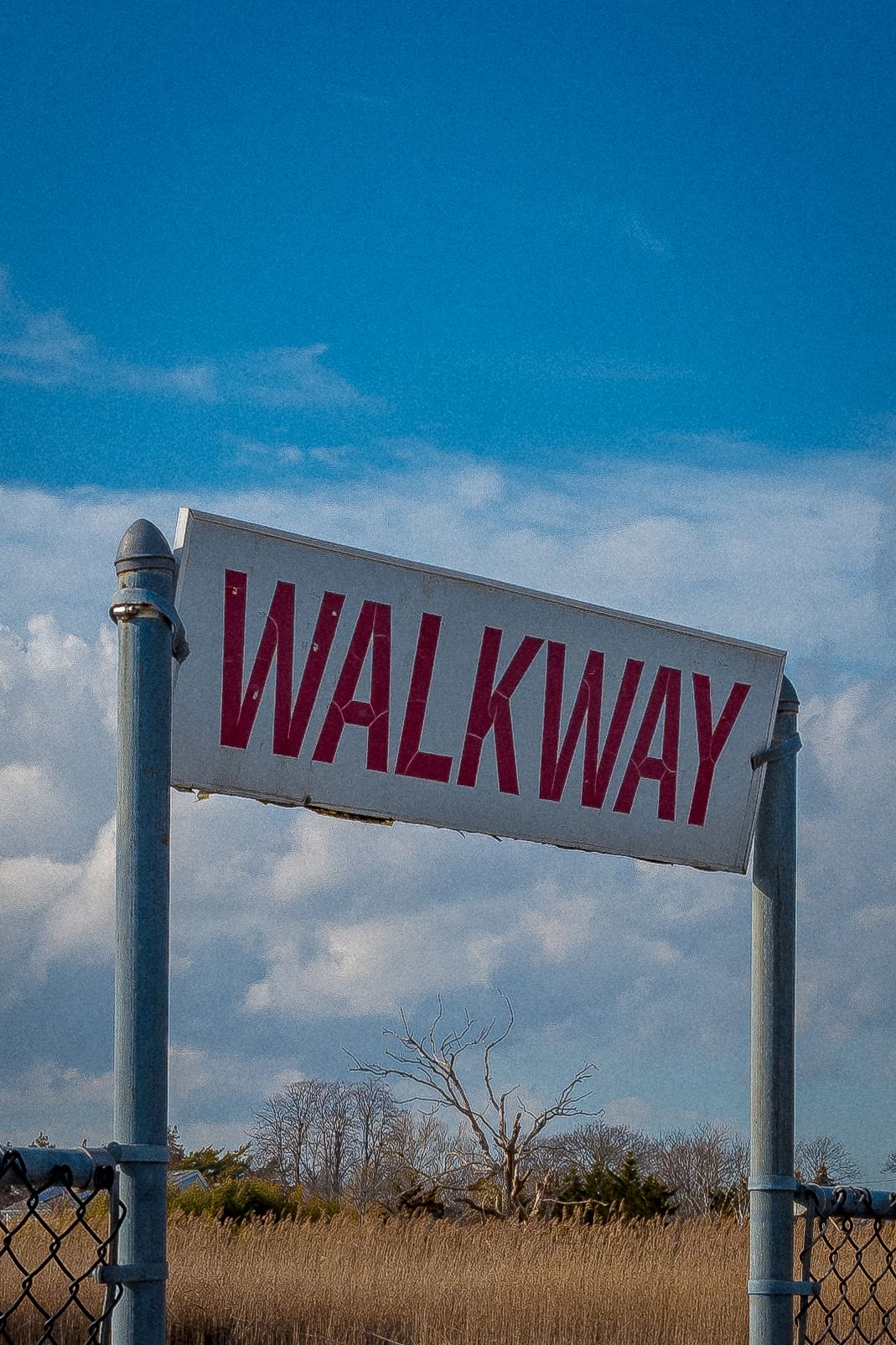
Browse the online archives.
Leeway?
A letter from Michael Saltzman.
Explained here.
If you enjoy this, please consider forwarding to a friend.
